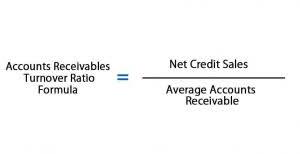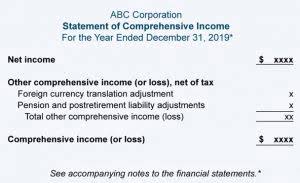
An outstanding check is a check that has been written by a depositor but has not yet been presented for payment at the bank. Outstanding checks are part of a bank’s check clearing cycle, which refers to the process of verifying and processing checks. Additionally, if a check is not returned to the bank after payment, it is also categorized as an outstanding check. After remitting funds, update your accounting records to reflect the escheatment. Adjust ledger entries and clear the outstanding checks from your open liabilities. The first step is to identify all checks issued accurately but remain uncashed or unclaimed.


During this time, even though the money has been taken from your account, it hasn’t yet reached the recipient’s account. In other words, the transaction is still in transit and not yet cleared by the bank. These laws often require businesses to conduct due diligence, which includes making reasonable efforts to locate and notify the rightful owners before surrendering funds to the state. Financial systems must be capable of tracking such obligations to ensure compliance and avoid oversight.
It can be quite a headache, especially when you were counting on that money. Understanding the reasons behind these checks can help shed some light on this issue. If you wrote a check and it has been outstanding for a while, you may be wondering, “Do checks expire? ” They do expire and that’s why it’s important to record the date you wrote the check. You’ll need to go to your bank to do this and most banks charge a fee for it. After getting the stop payment, mark the entry in your register as voided.


In this context, an outstanding check need not be outstanding for long; it may simply be the short period of time between when a check is mailed and when it is received. Checks that remain outstanding for long periods of time cannot be cashed as they become void. Some checks become stale if dated after 60 or 90 days, while others become void after six months. The back of the check has an endorsement line for the payee’s signature when they are cashing or depositing the check.
Furthermore, checks that go unclaimed for extended periods become “stale,” which means they may be subject to voiding by either the payor’s or payee’s bank due to expiration dates or legal requirements. In the United States, for instance, a check becomes stale after six months unless it carries an explicit “do not expire” clause. If a check remains outstanding for an extended period, it may become stale-dated, and the bank may refuse to honor it. The payee should contact the issuer to request a new check if this occurs.
However, some of these checks may still be outstanding for various reasons. To avoid the financial risks that come with outstanding checks, businesses need to follow up on uncashed checks. While https://winhycare.com/profesii-it-23-profesii-jaki-dopomozhut/ outstanding checks do not directly affect the income statement, their impact on cash flow can influence operational performance.

During that gap, your https://www.bookstime.com/articles/how-to-find-an-accountant-for-small-business bank balance appears higher than your books show—because the bank still hasn’t processed the transaction. Investing in alternative assets involves higher risks than traditional investments and is suitable only for sophisticated investors. It is crucial to understand the implications of having unpaid bills, delayed vendor payments or employee salaries. The most common risk is being charged penalties due to outstanding amounts past their due date. This leads to decreased cash reserves which affects capital expenditure budgets.
It is essentially a payment that is in transit and has not been cleared by the bank. To fully outstanding checks meaning understand the concept of outstanding checks, let’s delve deeper into its and explanation. The other state is that the check has not yet reached the recipient and is still in the payor’s bank-clearing cycle. When you write a check to vendor, the bank has no idea the check has been written.